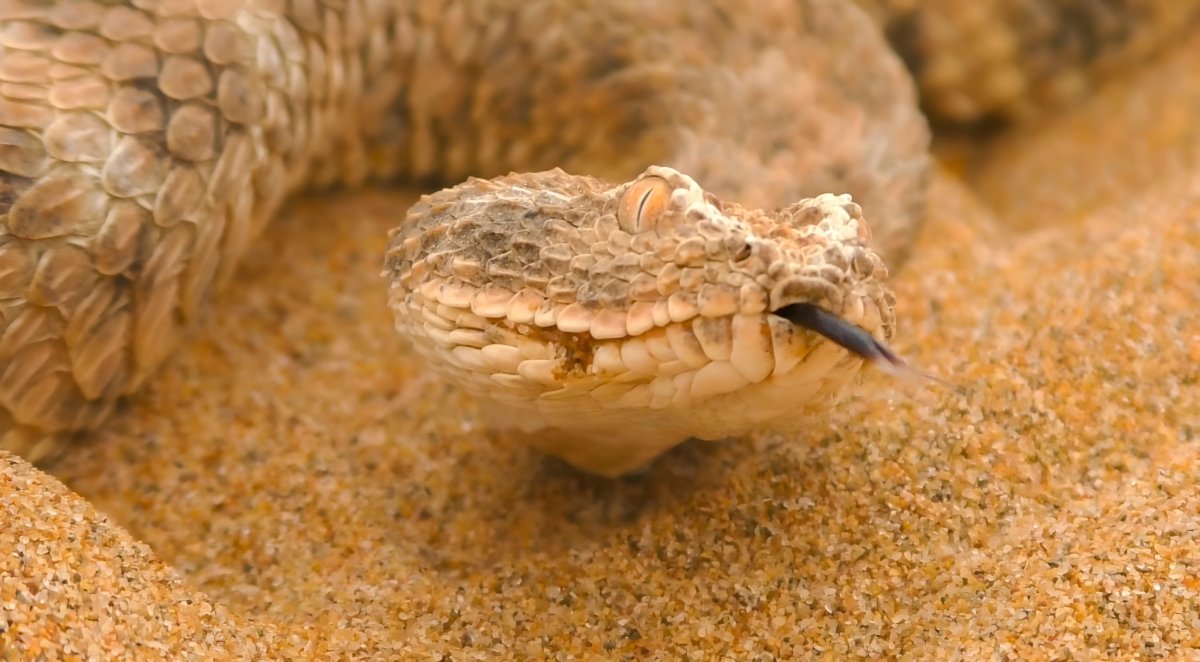From Pythons to Corn Snakes: Diverse Snake for Sale Collection
From Pythons to Corn Snakes: Diverse Snake for Sale Collection
Blog Article
How to Develop the Perfect Habitat for Your Pet Dog Serpent
Producing the suitable habitat for your pet dog snake is crucial to guaranteeing its wellness and health. From choosing the right enclosure to providing the suitable temperature and humidity degrees, there are various elements to consider when establishing a habitat that simulates your snake's natural surroundings. By recognizing the specific needs of your snake varieties and carrying out the essential aspects in its habitat, you can produce a room where your animal can flourish. Let's check out the crucial parts that go into making the perfect home for your slithery buddy.
Selecting the Right Unit
Selecting the ideal unit is important in supplying a suitable living room for your pet dog serpent. The room acts as the snake's key habitat, affecting its general health and actions. When picking an unit for your pet snake, there are numerous factors to take into consideration to make certain a safe and comfortable atmosphere. The size of the enclosure is important, as it needs to be sizable enough to enable the snake to move openly. A basic policy of thumb is to provide an environment that is at least as long as the serpent's length and wide enough for it to extend comfortably.
Furthermore, the product of the unit is crucial. Units can be constructed from glass, plastic, pvc, or wood, each with its downsides and advantages. Glass enclosures are preferred as they give excellent exposure, while plastic enclosures are easy and lightweight to clean. Timber and PVC rooms provide exceptional insulation, which is critical for regulating temperature and moisture levels within the environment. Inevitably, the room ought to resemble the serpent's natural habitat as closely as possible to guarantee its wellness and happiness. snake for sale.
Setting Up Temperature Level and Humidity Degrees
In order to provide a helpful living environment for your pet snake within the selected enclosure, focus to preserving optimum temperature level and humidity levels is vital. Snakes are ectothermic animals, meaning they rely upon exterior sources to control their body temperature. For most snake types, the optimal temperature level ranges between 75-85 ° F(24-29 ° C) on the cooler end and 85-90 ° F(29-32 ° C) on the warmer end. To achieve this slope, you can utilize home heating pads, heat lights, or ceramic heating systems. It is crucial to place thermometers at both ends of the unit to keep track of the temperature consistently.
The proper humidity degree varies depending on the serpent types, with many calling for degrees between 40-60%. By carefully keeping track of and changing temperature level and humidity levels, you can produce a comfortable and safe environment for your precious animal serpent.
Offering Adequate Hiding Places
Guaranteeing the accessibility of ideal hiding areas is important for producing a stress-free atmosphere for your animal snake. To mimic their natural habitat, offer at the very least two hiding spots in your snake's unit-- one on the warmer side and one on the cooler side.

Picking the Appropriate Substratum
To create an appropriate environment for your pet dog snake, what factors should official source be considered when picking the suitable substratum? Selecting the appropriate substrate for your pet serpent is critical Homepage for preserving its wellness and well-being. When choosing a substratum, several aspects need to be taken into factor to consider.
Firstly, the substratum should resemble the snake's natural surroundings as very closely as feasible. Different snake types have various habitat preferences, so it is vital to research your certain snake's natural environment to pick a suitable substratum. For example, desert-dwelling snakes might call for a sandy substrate, while forest-dwelling snakes might favor a much more moist substrate like cypress compost or coconut husk.
Decide for substratums that are non-toxic and very easy to tidy to maintain a sanitary setting for your pet dog snake. By carefully thinking about these elements, you can create a comfortable and risk-free habitat for your animal snake.
Offering Proper Illumination and Heating
:strip_icc()/Stocksy_txp473912dbIzw100_Medium_1167722-5afa07341d640400363baf44.jpg)
When it pertains to lighting, snakes have details lights demands to mimic their natural surroundings. Ultraviolet (UV) lighting might be required for specific serpent types to assist with calcium absorption and vitamin D synthesis. Nevertheless, not all snakes require UV lighting, so it's necessary to investigate your particular snake types' requirements.
To supply the right equilibrium of lights and heating, take into consideration using a mix of overhead heating lights, heating pads, and thermostats to regulate temperature levels accurately. Make sure that your snake's environment has a temperature level gradient, permitting it to relocate in between warmer and cooler locations as required. snake for sale. By offering proper lighting and heating, you can produce a comfy and healthy and balanced setting for your pet serpent
Conclusion
Finally, developing the perfect environment for your pet serpent entails choosing the appropriate room, establishing ideal temperature level and humidity degrees, giving ample hiding spots, choosing the ideal substratum, and supplying correct lighting her explanation and heating. By following these guidelines, you can guarantee that your snake has a comfortable and healthy atmosphere to grow in. Keep in mind to frequently keep track of and readjust the environment as required to meet your snake's certain requirements.
To produce an ideal habitat for your animal snake, what factors should be taken into consideration when picking the ideal substratum? Various serpent varieties have various habitat choices, so it is important to investigate your certain snake's indigenous setting to choose a proper substrate. Desert-dwelling snakes may require a sandy substratum, while forest-dwelling serpents may like a much more humid substratum like cypress compost or coconut husk.
Not all serpents need UV lighting, so it's essential to investigate your specific snake varieties' needs.

Report this page